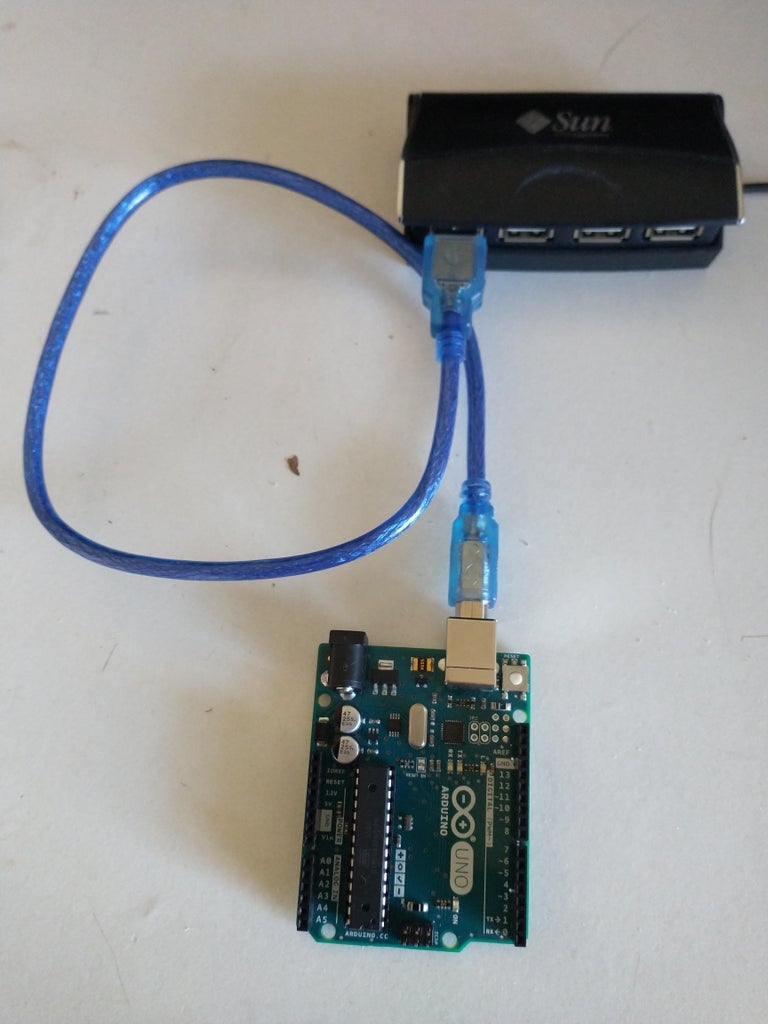Code: Select all. Define Com.i, Int1.l, Int2.l, Recv.l, Ptr.i Com = OpenSerialPort (#PBAny, 'COM7', 115200, #PBSerialPortNoParity, 8, 1, #PBSerialPortNoHandshake, 256, 256) If Com Int1 = 123 Int2 = 456 WriteSerialPortData (Com, @Int1, SizeOf (Long)) WriteSerialPortData (Com, @Int2, SizeOf (Long)) Repeat While AvailableSerialPortInput (Com) ReadSerialPortData (Com, @Recv + Ptr, 1) Ptr + 1 Wend Until Ptr = 4 Debug Recv CloseSerialPort (Com) EndIf.
USB-Serial Software Development Kit. USB-Serial Software Development Kit is a free-to-use, complete library and driver stack for USB-Serial Bridge Controller devices, in order to easily integrate USB interface into any embedded application. This SDK comes with configuration tool and application examples. The thread structure works well enough, its the passing of data into and out of a thread that concerned me most after the serial port issues - BTW did you notice I ran the serial port at 230400 baud - twice the limit mentioned in the user guide - it seems to work fine. I figured today's faster machines should have no issues.
-->
This topic describes how to use My.Computer.Ports to receive strings from the computer's serial ports in Visual Basic.
To receive strings from the serial port

Initialize the return string.
Determine which serial port should provide the strings. This example assumes it is
COM1.Use the
My.Computer.Ports.OpenSerialPortmethod to obtain a reference to the port. For more information, see OpenSerialPort.The
Try...Catch...Finallyblock allows the application to close the serial port even if it generates an exception. All code that manipulates the serial port should appear within this block.Create a
Doloop for reading lines of text until no more lines are available.Use the ReadLine() method to read the next available line of text from the serial port.
Use an
Ifstatement to determine if the ReadLine() method returnsNothing(which means no more text is available). If it does returnNothing, exit theDoloop.Add an
Elseblock to theIfstatement to handle the case if the string is actually read. The block appends the string from the serial port to the return string.Return the string.
Example
This code example is also available as an IntelliSense code snippet. In the code snippet picker, it is located in Connectivity and Networking. For more information, see Code Snippets.
Compiling the Code
Purebasic Serial Port Examples
This example assumes the computer is using COM1.
Robust Programming
Purebasic Serial Port Example
This example assumes the computer is using COM1. For more flexibility, the code should allow the user to select the desired serial port from a list of available ports. For more information, see How to: Show Available Serial Ports.
This example uses a Try...Catch...Finally block to make sure that the application closes the port and to catch any timeout exceptions. For more information, see Try...Catch...Finally Statement.